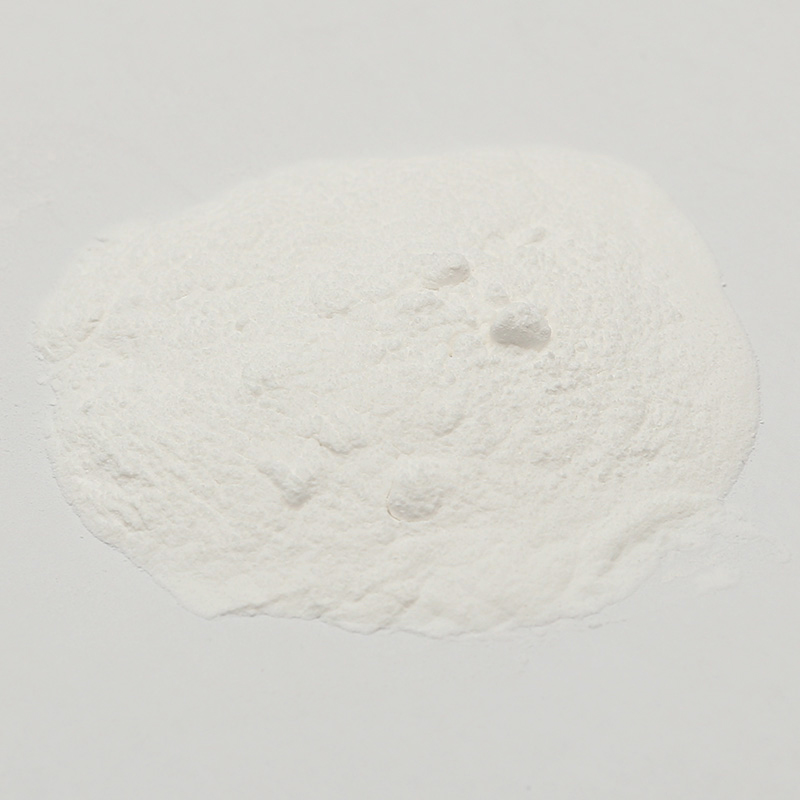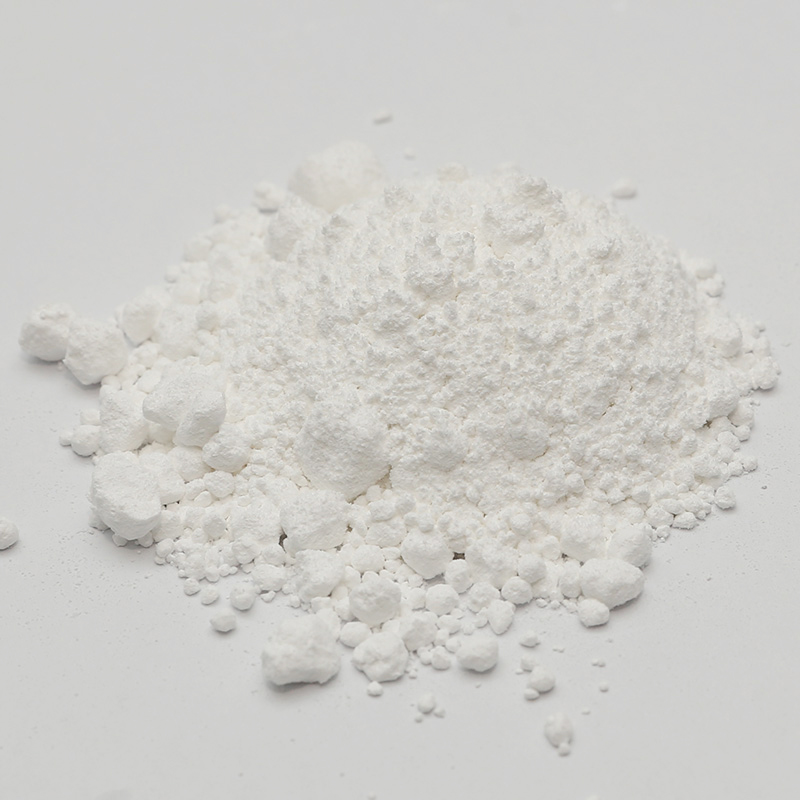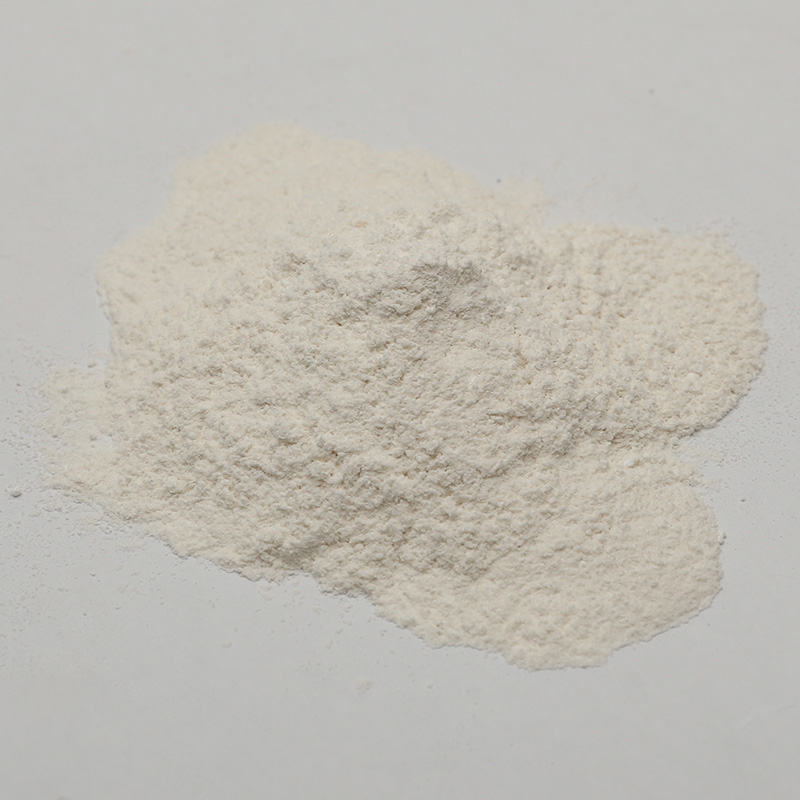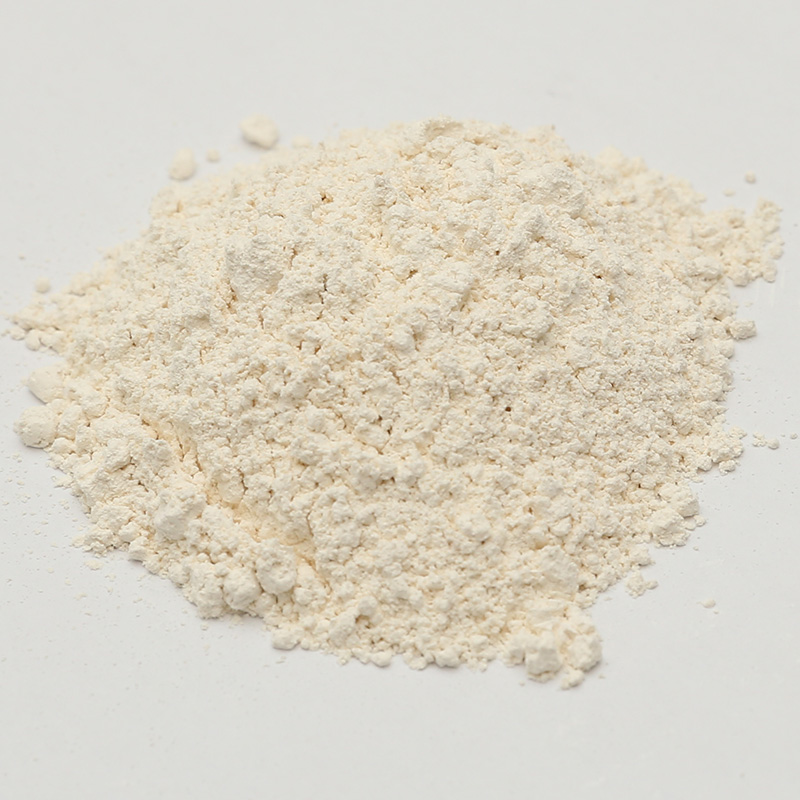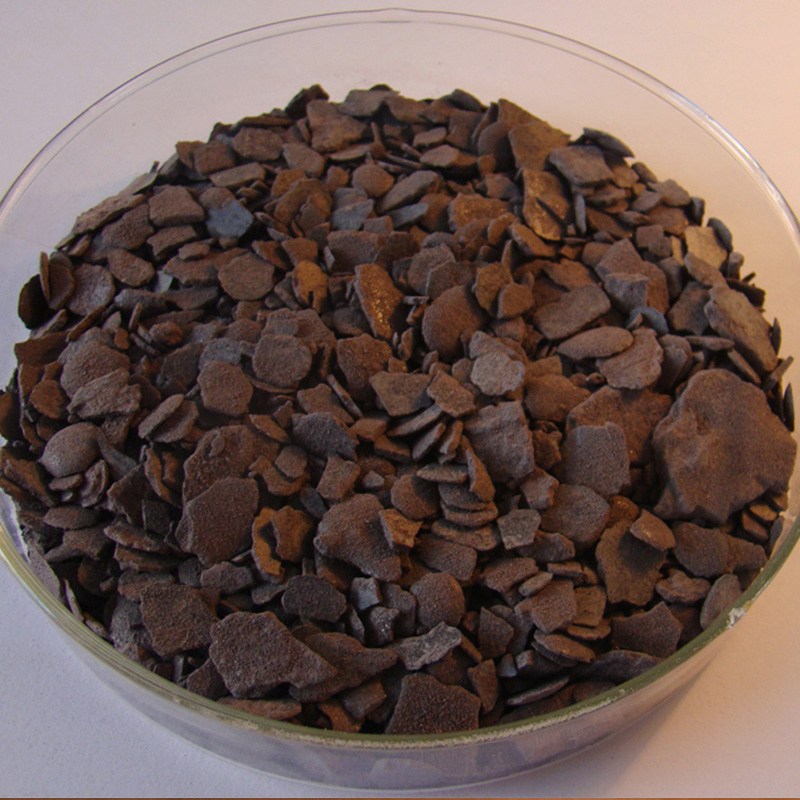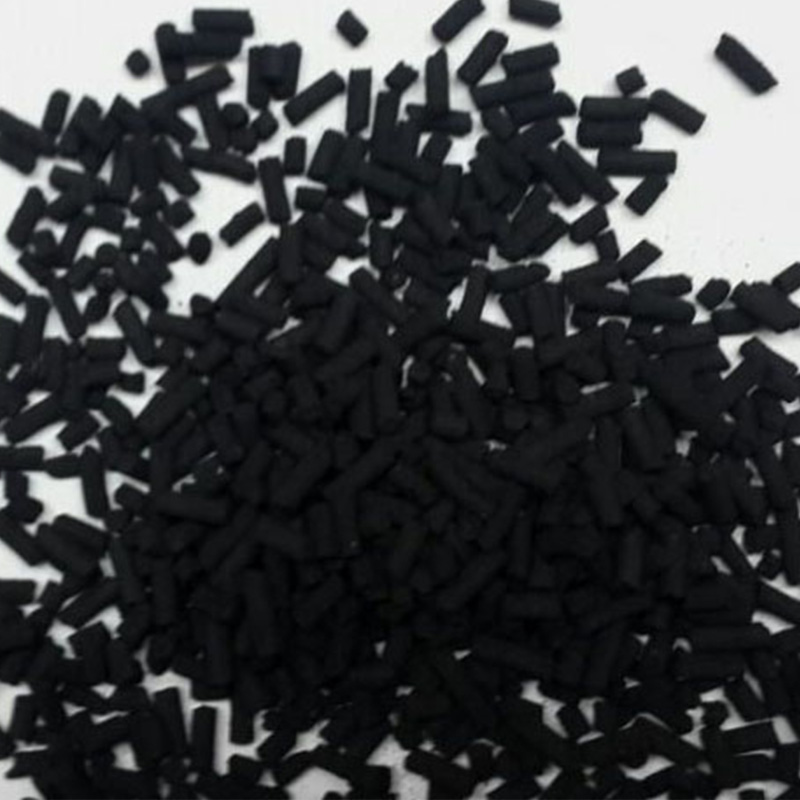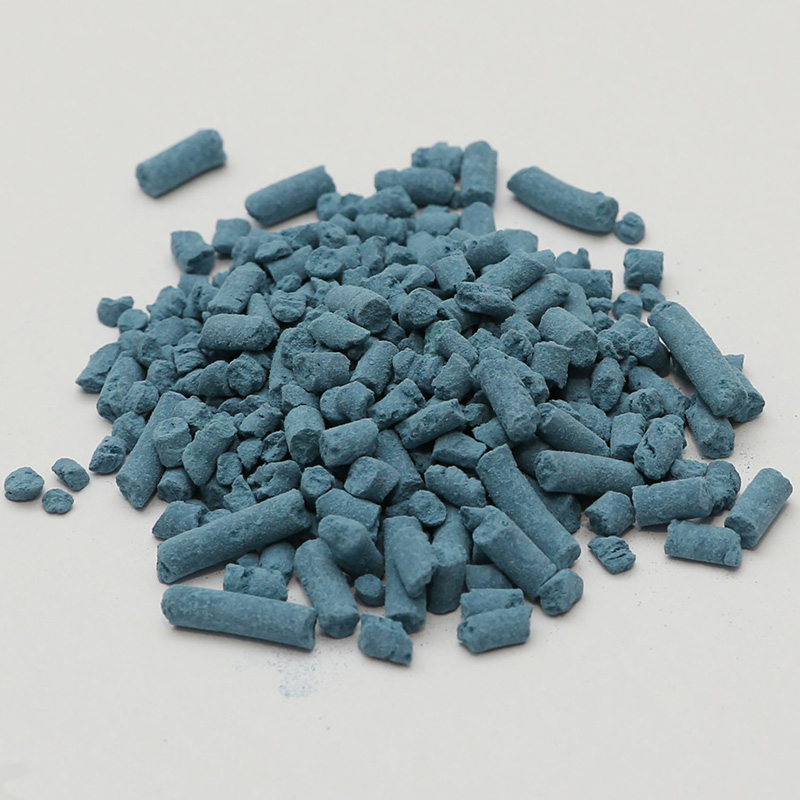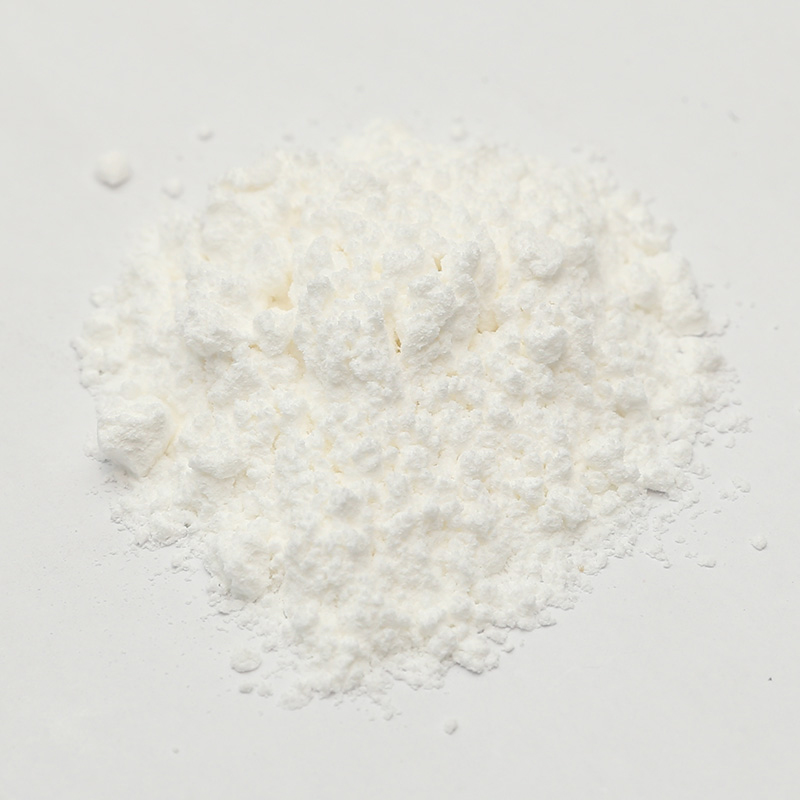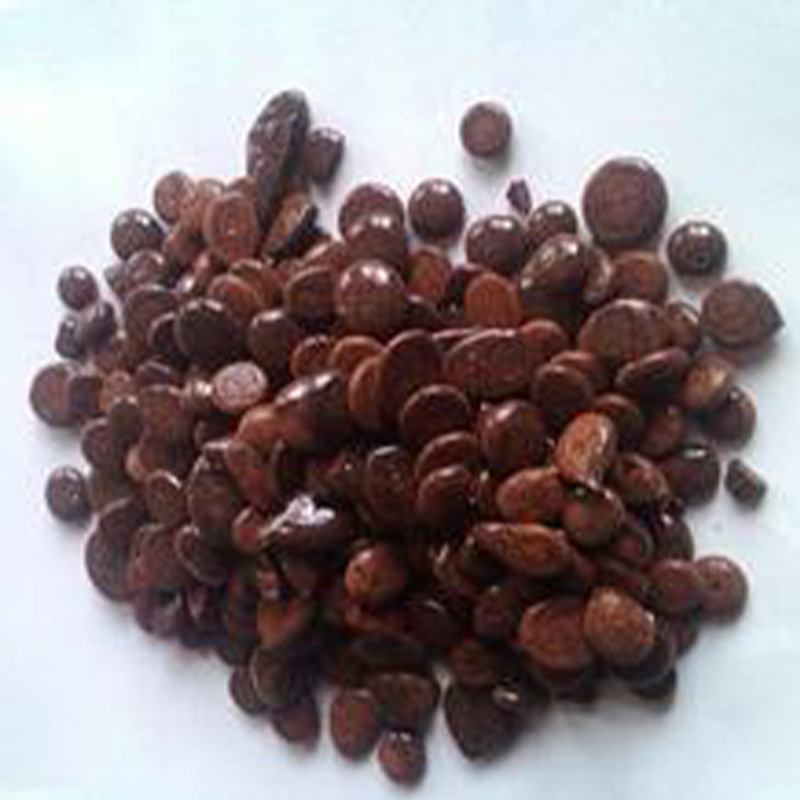Maintaining uniform quality in adhesive processes is crucial, especially when working with rubber materials. Rubber Adhesive Agent plays a pivotal role in bonding various substrates, and inconsistencies in application can cause product defects, increased waste, and potential safety issues. Ensuring consistent bonding quality is not only a matter of operational efficiency but also a key factor in maintaining brand reputation and customer satisfaction. Manufacturers must adopt comprehensive strategies to control each step of the production process to achieve reliable and reproducible adhesion results.
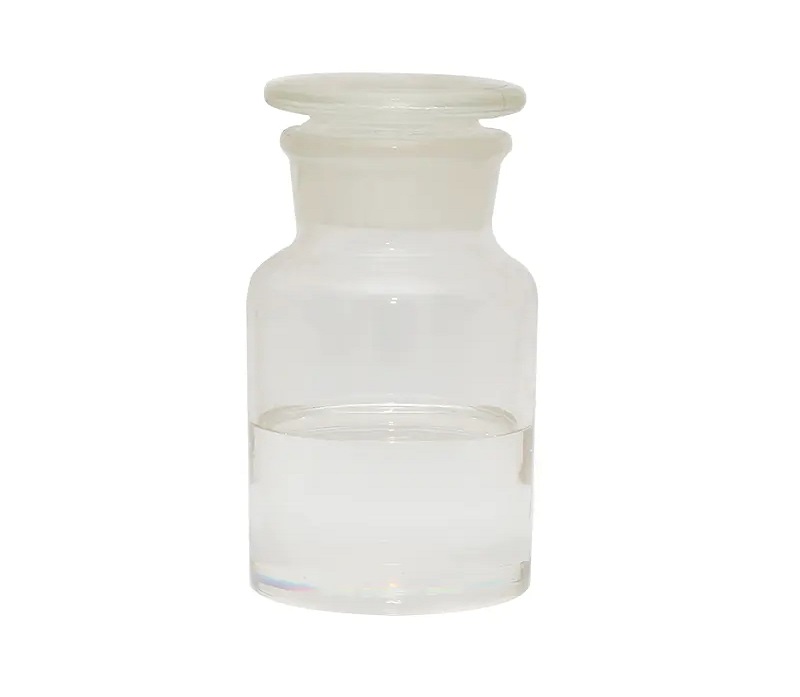
Control of Material Properties
The one step in ensuring consistency is to closely monitor the properties of the adhesive itself. Rubber Adhesive Agent must be stored under controlled temperature and humidity conditions to prevent premature curing or viscosity changes. Variations in the chemical composition or shelf life can significantly affect bonding performance. Regular testing of viscosity, solid content, and curing rate helps ensure that each batch of adhesive meets predetermined standards. By standardizing the material properties, manufacturers can reduce variability and improve the reliability of bonding outcomes across large production runs.
Surface Preparation of Substrates
Uniform bonding is also dependent on the proper preparation of surfaces that will receive the adhesive. Rubber, metals, plastics, and other materials often have different surface energies and contamination levels, which can affect adhesion. Cleaning, degreasing, or applying primers are essential steps to enhance surface compatibility. Inconsistent surface preparation is a common source of adhesion failures, so implementing automated or standardized cleaning processes can help maintain uniformity. Additionally, routine inspections and surface energy tests ensure that each substrate is suitable for bonding before adhesive application.
Precision in Application Methods
The method and consistency of applying the Rubber Adhesive Agent are critical for reproducible bonding. Automated dispensing systems, such as robotic applicators or precision spray devices, offer greater control over adhesive volume, thickness, and coverage compared to manual application. These systems can be programmed to maintain exact parameters for each product, reducing variations caused by human error. Continuous monitoring of application equipment, coupled with regular calibration, ensures that the adhesive is applied uniformly across all units.
Controlled Curing Conditions
Curing or drying conditions play a decisive role in the final bond strength. Temperature, pressure, and curing time must be carefully controlled to achieve complete and uniform adhesive bonding. Inconsistent curing can cause weak points, incomplete adhesion, or surface defects. Utilizing ovens or press systems with uniform heat distribution, along with automated timing controls, helps achieve consistent curing results. Regular monitoring of temperature profiles and periodic quality checks are essential for maintaining high-quality mass production.
Quality Monitoring and Feedback
Finally, an effective quality control system is necessary to identify and correct deviations quickly. Random sampling, tensile testing, and adhesion strength evaluations provide measurable data on bonding performance. Advanced production facilities may employ in-line sensors and imaging systems to detect defects in real time. Feedback from these systems allows operators to adjust processes immediately, reducing waste and ensuring that the final products consistently meet specifications.
Achieving consistent adhesion in mass production requires an integrated approach that combines careful material control, standardized surface preparation, precise application methods, controlled curing conditions, and robust quality monitoring. By implementing these measures, manufacturers can ensure that the Rubber Adhesive Agent performs reliably, delivering uniform bond strength and reducing production variability. This not only enhances product quality but also contributes to operational efficiency and long-term customer trust.



 English
English Português
Português Español
Español русский
русский 中文简体
中文简体